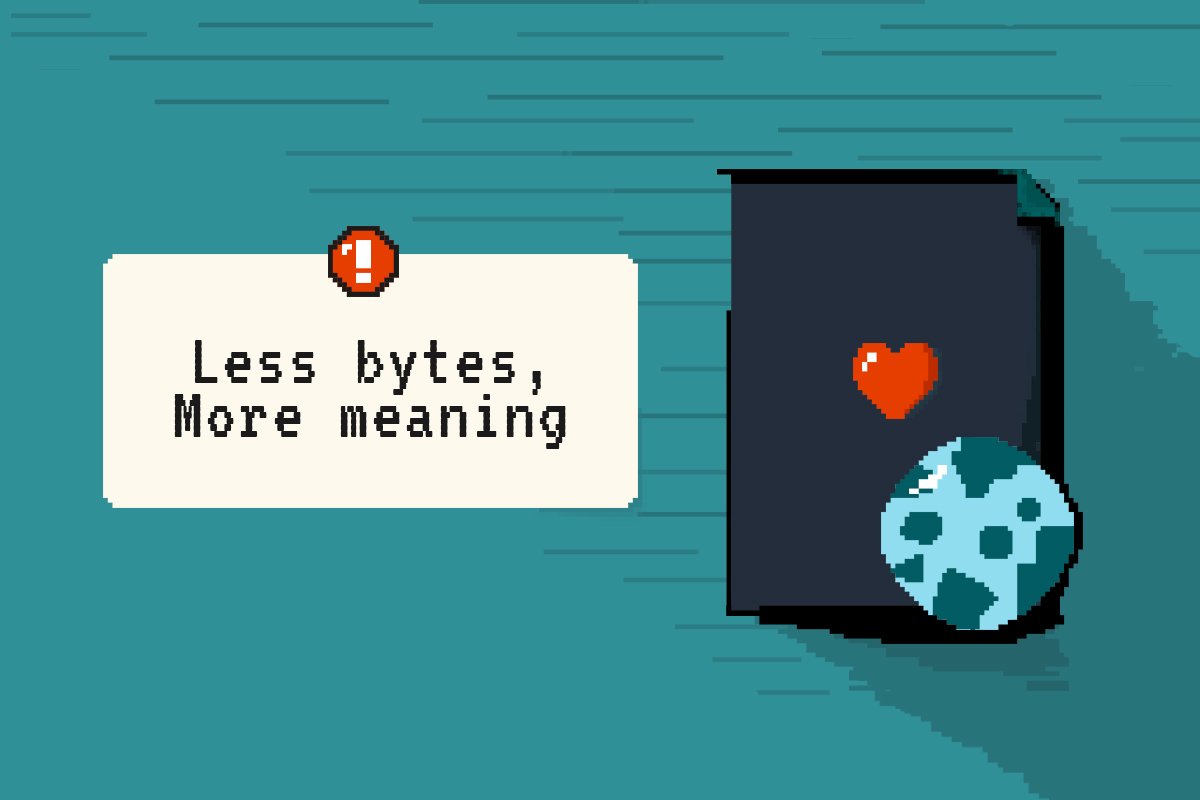How the Book “World Wide Waste” Helped Me Reduce My Digital Footprint (Digital Sustainability - Part 1)

Raise a hand if you think, like I did, that working in a digital environment makes us more environmentally-friendly by default. And that by working remotely you are part of much “greener” workforce than those who commute every day. Is your hand up? If so, you should definitely read on.
The discussion around climate change has become even more urgent and prevalent in recent years. Many businesses and individuals have made a notable shift to a more sustainable mindset. We try to fly less, cycle more, buy fewer things that last longer, and keep recycling. We try to be conscious consumers.
I believed working, studying and living mostly in a digital world meant that my lifestyle was more environmentally sustainable than most (even despite sharing an embarrassing amount of cat GIFs). I work remotely, and I don’t produce much physical waste in my day-to-day. But then I read Gerry McGovern’s “World Wide Waste”, and I began to realize the physical impact of my digital footprint. McGovern is known in the UX field for his work on Top Tasks, and is a respected speaker and book author. In recent years, he has conducted extensive research in the topic of digital waste, which led him to write the book “World Wide Waste” in 2020.
“Of all of the CO2 we have caused as a species, we have caused 50% in the last 25 years. As the world has become more high tech, so too have we become super high-polluters. Technology is a massive accelerant of global warming.”
To provide perspective, McGovern assigned the rough number of trees we would need to plant to offset digital pollution:
- 1.6 billion trees to offset global yearly email spam
- 1.5 billion trees to offset annual e-commerce returns in the US
- 231 million trees to offset data consumed in 2019 in the US
- 16 million trees to offset 1.9 trillion global yearly searches on Google
You might say, “Well, let’s get planting!” However, 15 billion trees are cut down each year and only 5 billion are planted, so we’re already far behind.
But enough of the grim stats. Let’s put on our ‘determined’ hat and learn what we can do to help. In this article series, I will share my key learnings from McGovern’s book and provide useful tips to lessen the impact of our digital waste.
See digital as physical
When you buy a book and put it on a shelf, it’s easy to see how much space it takes. It’s just one light book, so its weight doesn’t impact the steady shelf where it lives. But if you buy another 100 books and add them to your shelf, the shelf’s slats would bend under the weight, and it might even break. Let’s imagine that eventually, you throw the books away. If they aren’t recycled (perhaps due to too much glue), they go to a landfill and join massive mountains of waste. This is an easy scenario to imagine, right?
Now think about the 4G file you saved on Google Drive the other day. Perhaps it was the 10th version of an old project that you wanted to keep, just as a reference. And you made duplicates on Dropbox and your hard drive, even though you might never open it again. You soon forget about it, and because it’s so cheap to buy storage bytes, you can just get more if you run out of space.
As a human species, our senses were not designed for the digital world. It’s easy to imagine the waste a physical product might cause, but with digital, we assume it’s cheap and free. In reality, it’s not. Every search, web visit, email or Slack message has a physical weight.
Many of us believed digital would solve issues related to physical waste. For example, e-books were meant to be the solution to cutting trees required to produce physical books. However, the impact on the environment has shifted to device production, data centers that store the content, and the networks that send the book to devices. This all requires a significant amount of resources and electricity, plus the production of CO2 emissions and other toxic waste. McGovern estimates an individual would need to read more than 100 books on an e-reader before it is a more sustainable option than reading the same amount of physical books.
We need to start thinking about our digital footprint in the same way we think about our physical footprint. Here’s a quick hack to do that in your day-to-day life: Every time you save a large digital file, pull a book off your shelf and place it on your desk. Keep doing this until it becomes difficult to work with so many books piled on your desk. To remove a book, you have to delete one of those large files. While this won’t magically turn you into an eco wiz, it will help your brain grasp the physical weight of digital files.
A picture is worth a thousand words… or is it?
For individuals who work in the digital product space, words such as “visually impactful” and “image-led” are painfully familiar. They’re often linked to higher conversion rates (which is not necessarily true) and better brand perception. But using heavy files like images can quickly add up and requires lots of storage space. This, in turn, requires more data warehouses, more demand on the networks, and more digital waste.
In his book, McGovern proposes a smart hack that I tried myself. I asked my partner to select a website written in a language we don’t speak. I tried to guess what the website was about using only its images… but I was a mile off. I then calculated the site’s footprint using a carbon calculator – it was quite high, in part due to so many images being used. But what value do those images provide, if they didn’t help users better understand the content?
I’m not suggesting we should never use images on websites. But we should use them purposefully, bearing in mind their digital weight. Stefan Seigmeister did some great research on how beauty is actually not as subjective as everyone believes, and beautiful does indeed mean more usable. So, we should reevaluate whether images really make our websites easier to use, or if they are just taking up space.

Ultimately, it’s all about the tradeoffs. And often, a choice is right as long as it’s conscious – conscious of the environment, of our users, and of ourselves. This is what we try to do at Whitespectre. We want to become more conscious of our digital waste, whilst creating great products with efficiency and purpose. On my current project for example, we’re making conscious efforts to reduce duplicate files.
I hope you’ve enjoyed my reflections and will start becoming more aware of your digital footprint. Keep an eye out for the next article in the series, where I’ll explore the environmental impact of interactivity, tidy code, and device longevity.
